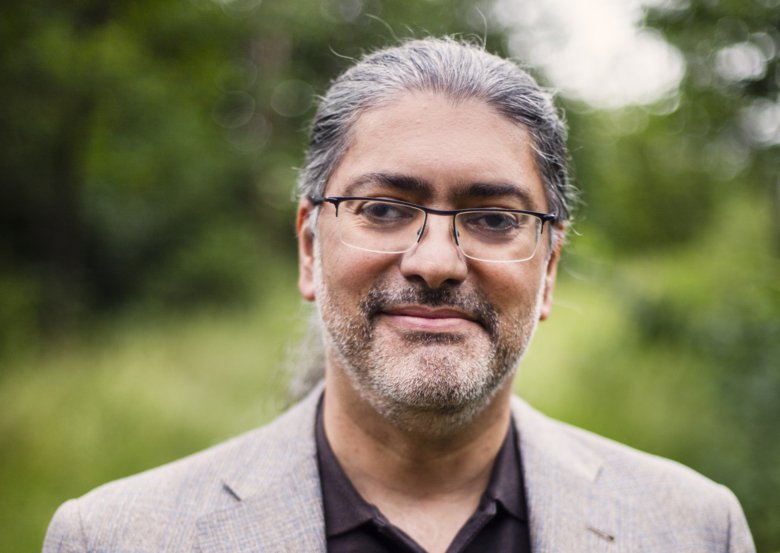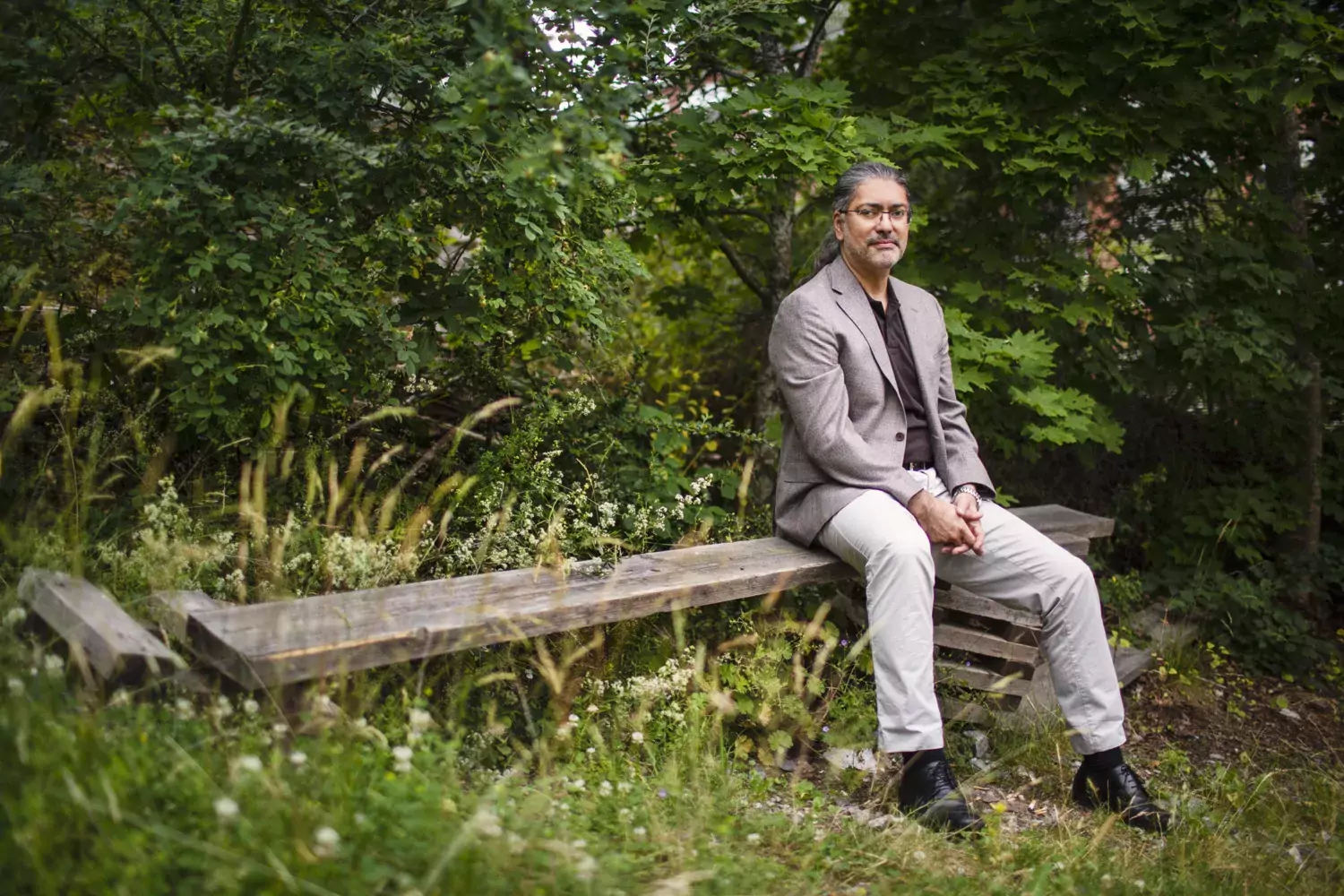Molecular pathogenesis mechanism of haemorrhagic fever (VHF)
Increased mobility in the general population and recent climate changes affecting the geographical distribution of viral vectors, combined with animal trade, immigrations and augmented bioterrorism threats, have heightened the risk of emerging viral diseases in Europe. These changing factors highlight the need for understanding the interactions between virus-vector-animal-human in the infection cycle and for the development of new countermeasures such as antivirals and vaccines. Knowledge regarding the pathogenesis of highly emerging viruses such as Viral Hemorrhagic Fever (VHF) is very limited and in some cases completely lacking. VHF diseases are caused by a diverse set of pathogens belonging to different virus families. Some of these viruses cause very severe diseases, with fatal outcomes.
It is obvious that the knowledge of virus biology, pathogenesis, vaccine development and therapeutics is highly limited for these important bio-threat. To achieve a globally effective health programme for this disease, there is a need for synergised national and international programmes with the capability to perform modern and advanced research. Our projects are focused on multinational/institutional collaboration. The major focus of our projects are i) understanding of the role of innate immune response to molecular pathogenesis of these diseases, ii) to understand Virus-Host cell interaction (animal, insects and human cells), iii) developing vaccines against emerging viral diseases, iv) developing new therapeutic tools against emerging viral diseases and v). Developing new diagnostic tools.
Developing antiviral against SARS-CoV2
We are coordinating an IMI/H2020 joint research project with focus on developing antiviral against sars-cov2. The sars-cov-2 pandemic has become an unprecedented burden to public health, our civil societies and the global economy providing frontline therapies for covid-19 and future corona virus outbreaks requires a concerted effort of different disciplines, technologies, high security labs, and rapid translation of scientific findings to industrials. Our team is establishing state-of-the-art infection model system; engineered human 3D organoids. Furthermore we are investigating the antiviral activity of recombinant soluble human angiotensin-converting enzyme 2 (srhace-2). In addition, we aim to identify and characterize new essential host cell factors for sars-cov-2 and other corona viruses with pandemic potential.
Developing Vaccine
Our lab are coordinating an international consortium called CCHFVaccine. Our goal is o develop a vaccine against CCHFV, We have established several platform for developiong a vaccine against CCHFV from Adenovirus platform to genetic vaccine platform mRNA and DNA. Several of outcome of this project has been published in high impact peer review journals. www.CCHFVACCINE.eu
Our lab is also partner of OPENCORONA project (H2020 supported joint research project, coordinates from Karolinska Institute, Prof Matti Sällberg). The project aims to bring a new generation vaccine protecting against SARS-CoV2 different variants.
https://ki.se/en/research/opencorona
Developing antiviral against SARS-CoV2
We are coordinating an IMI/H2020 joint research project with focus on developing antiviral against sars-cov2. The sars-cov-2 pandemic has become an unprecedented burden to public health, our civil societies and the global economy providing frontline therapies for covid-19 and future corona virus outbreaks requires a concerted effort of different disciplines, technologies, high security labs, and rapid translation of scientific findings to industrials. Our team is establishing state-of-the-art infection model system; engineered human 3D organoids. Furthermore we are investigating the antiviral activity of recombinant soluble human angiotensin-converting enzyme 2 (srhace-2). In addition, we aim to identify and characterize new essential host cell factors for sars-cov-2 and other corona viruses with pandemic potential.
Our lab is partner of OPENCORONA project (H2020 supported joint research project, coordinates from Karolinska Institute, Prof Matti Sällberg). The project aims to bring a new generation vaccine protecting against SARS-CoV2 different variants.
News
 Photo: Martin Stenmark
Photo: Martin StenmarkHe is fighting the new coronavirus
Virus researcher Ali Mirazimi has dedicated himself full-time to the coronavirus since the outbreak of the pandemic in the beginning of 2020.
 Photo: Martin Stenmark
Photo: Martin StenmarkNytt fästingvaccin mot blödarfeber tas fram på Karolinska institutet
Ali Mirazimi, virologiprofessor leder vaccinprojektet på SVA. Artikel från SVT.
